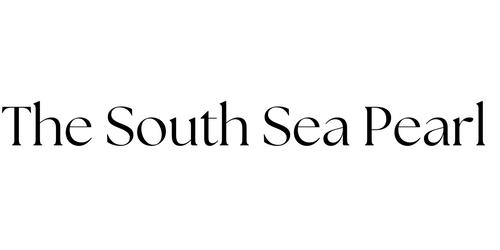Mother-of-pearl has been used since pre-historic times for adornment. In the modern ages, it was also artistically used in marquetry, gaming chips, devotional artefacts, as a bead for the cultured pearl industry but also in the button industry, being rather popular before plastics came into action. Mother-of-pearl is the smooth nacreous iridescent coating on the interior of some molluscs and Pinctada maxima, the Australian South Sea pearl oyster (also known as pearl button oyster and mother-of-pearl oyster) has been a rather important source not only for the quality of the nacre but also because the wild shells have notorious sizes averaging between 20 and 30 cm, up to 40 cm in exceptional cases. Although local shells in the north have been collected since pre-history, the pearling industry only started in Australia in 1868, especially in Queensland. In the photos, a pearl shell sorter in Thursday Island, Queensland, Australia. Photo Frank Hurley © National Library of Australia ; and a series of Pinctada maxima shells being manufactured as buttons, from the Museum of Applied Arts and Sciences collection (B&W picture from 1933 at the The Pearlbutton Manufacturing Co. Ltd in Sydney, New South Wales, Australia).
Source: Rui Galopim de Carvalho (Portugal Gemas Academy)




